How to Get from Kyoto to Fukui in 2025|Train, Bus & Car Travel Guide

We will introduce in detail how to get from Kyoto to Fukui by train, express bus, and car, including travel time, fares, transfer methods, and reservation sites. Access to Fukui has improved with the extension of the Hokuriku Tsuruga to Fukui. If you are traveling to Fukui, please see the 2025 updated article.
Fukui Prefecture faces the Nihon Sea and is located in the Hokuriku region of Japan, adjacent to Kyoto Prefecture . It is currently attracting attention as the Hokuriku Shinkansen will be extended to Tsuruga City , Fukui Prefecture in spring 2024.
There are also many scenic spots such as Tojinbo, Eiheiji Temple, and the Mikata Five Lakes, tourist attractions such as the Ichijodani Asakura Clan Ruins and the Dinosaur Museum, as well as many delicious local delicacies such as Echizen crab, sauce katsudon, and oroshi soba.
-
Table of Contents
- I want to go sightseeing from Kyoto to Fukui, but how do I get there?
- How to get from Kyoto to Fukui?
- Why it's best to go to Fukui by train
- Use a transit app
- Benefits of using Japan Rail Pass
- How to get to Fukui by highway bus
- Going to Fukui by car | Recommended for rental cars and family trips
- How to purchase JR tickets (for tourists visiting Japan)
- Must-see tourist spots when you come to Fukui!
- Great access to tourist spots! Recommended hotels and accommodations in Fukui
- Choose the access method that suits you best and enjoy your trip to Fukui
I want to go sightseeing from Kyoto to Fukui, but how do I get there?
In spring 2024, the Hokuriku Shinkansen will be extended to Tsuruga, making travel between Kansai and Hokuriku even more convenient.
Not only does it compare transportation options, but it also covers useful apps, discount rail passes, and tourist information, so be sure to use it to help plan your trip to Fukui.
How to get from Kyoto to Fukui?
There are three ways to get from Kyoto to Fukui.
Train (express + Shinkansen or conventional line)
◆Time required: Approximately 1 hour 30 minutes to 2 hours 30 minutes
◆Price: 4,500 yen to 6,000 yen
◆Characteristics: Fares and travel times vary depending on the number of transfers and route.
Express bus
◆Time required: Approximately 2 hours 40 minutes to 3 hours
◆Price: 2,700 yen to 4,400 yen
◆Features: Recommended for those who want to travel cheaply. However, reservations are required during peak periods.
Car (private car, rental car)
◆Required time: Approximately 2 hours and 30 minutes using expressway / Approximately 4 hours using general road
◆Fee: Expressway fee approx. 4,500 yen + gasoline fee
Features: Flexible route is attractive. Convenient for family trips and large luggage.
Why it's best to go to Fukui by train
The most recommended way to travel to Fukui is by train, which is comfortable and has simple transfers. In particular, with the opening of the Hokuriku Shinkansen extension in 2024, access has become even more convenient.
◆Comfortable and speedy
◆ There are English signs inside the station and inside the company, so you can feel safe
◆Japan Rail Pass available
◆No worries even with large luggage
Thunderbird Express + Hokuriku Shinkansen (fastest route)

[Route] Kyoto Station → (Thunderbird Express) → Tsuruga Station → (Hokuriku Shinkansen) → Fukui Station [Travel time] Approximately 1 hour 30 minutes [Fee] Approximately 5,100 yen [Recommended point] Japan Rail Pass can be used on all JR routes
Thunderbird Express + Hapi-line-Fukui(cheap)
[Route] Kyoto Station → Tsuruga Station (Thunderbird) → Fukui Station (Hapi-line-Fukui)
[Time required] About 2 hours [Price] From about 4,500 yen
[Note] The Hapi Line is not a JR line and is therefore not eligible for the JR Pass.
JR Special Rapid Service + Hokuriku Shinkansen (savings route)
[Route] Kyoto Station → Tsuruga Station (Special Rapid Service) → Fukui Station (Shinkansen)
[Time required] Approximately 2 hours and 30 minutes [Fee] From approximately 4,200 yen
[Features] It takes a little time, but it's cheap. Seishun 18 Ticket can also be used (only during the applicable period)
Use a transit app
◆ Google Maps
[Features] Available in English. Ideal for transfer information and timetables.
◆ NAVITIME Japan Travel
[Features] Includes tourist information for foreign visitors
◆ JR West Online Booking
[Features] Convenient for making reservations for express trains and Shinkansen
Benefits of using Japan Rail Pass
You can get to Fukui at a great price by using the Japan Rail Pass, which allows unlimited travel on JR lines throughout Japan. This pass is compatible with all JR lines, including the Thunderbird Express and the Hokuriku Shinkansen, making it ideal for traveling over a wide area. In particular, by using these express trains, you can arrive from Kyoto to Fukui in about 2 hours.
The Japan Rail Pass can be reserved online in advance, without the need to go through the purchasing process at the station. This allows you to smoothly proceed with preparations from the travel planning stage, and make the most of your time at your destination.
Detailed information about the Japan Rail Pass can be found on the official Japan Rail Pass website. The official website covers all the necessary information, such as pass types, terms of use, and reservation methods, so you can prepare for your trip with peace of mind.
How to get to Fukui by highway bus

Expressway buses are recommended for those who want to travel at a low cost.
Main Routes
[Route] Kyoto Station (Karasuma Exit) or (Fukakusa) → Fukui Station East Exit [Time Required] Approximately 3 hours and 10 minutes [Fee] From approximately 2,800 yen (varies depending on the bus company)
Reservation site (Reservations are recommended as the venue may be fully booked on the day)
Going to Fukui by car | Recommended for rental cars and family trips

Expressway Route
[Route] Kyoto Minami IC → Hokuriku Expressway → Fukui IC
[Time required] Approximately 2 hours and 30 minutes [Cost] Expressway fee: Approximately 4,500 yen + gasoline fee
General road route
[Route] Kosai Road → Tsuruga → Fukui
[Time required] About 3 hours [Cost] Expressway fee about 1,500 yen + gasoline
🚗Perfect for those with lots of luggage and those who want to enjoy sightseeing freely.
How to purchase JR tickets (for tourists visiting Japan)
Purchase at the JR Ticket Office
This is a way to purchase tickets face-to-face with a station attendant. It is very convenient if you have any travel-related questions or concerns. Many stations also have English-speaking staff, so foreign visitors travelers can use it with ease. It is the best way to get direct advice on detailed itineraries and train selection.
Purchasing from a ticket machine
The touch-screen ticket vending machines are multilingual and easy to operate. They are ideal for people who want to choose tickets at their own pace or purchase tickets without worrying about time. You can easily purchase tickets by simply following the instructions on the screen, such as selecting your destination and specifying a time.
Online booking
This method involves making reservations online in advance using JR West's official reservation site "e5489" or "Smart EX." It is extremely convenient as you can easily make reservations at home or while on the move. By reserving in advance, you can be sure to secure a seat, especially during peak seasons or when using popular trains. Discounts and special offers may also be available when reserving online. If you want to avoid crowds at the station, we recommend reserving online.
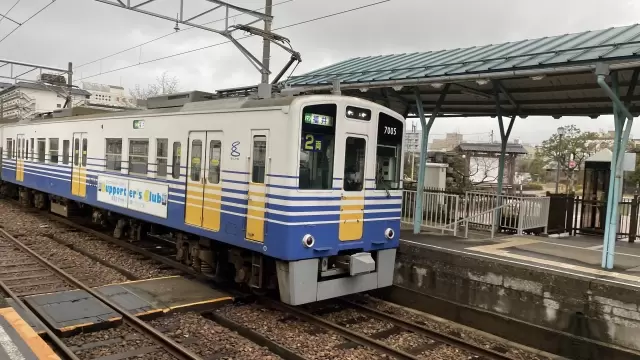
Must-see tourist spots when you come to Fukui!
1. Fukui Prefectural Dinosaur Museum

The Dinosaur Museum is one of Fukui 's most popular tourist spots, visited by more than 1.2 million people a year. It is said to be one of the three largest dinosaur museums in the world, and more than 50 complete fossil skeletons are on display in the vast column-free space. It will be reopened in the summer of 2023, and is a very popular tourist spot for families with children and dinosaur lovers.
access
Public transportation: Take the Echizen Railway " Katsuyama Eiheiji " from JR Fukui Station to the last stop " Katsuyama Station" for about 55 minutes, Katsuyama transfer to a direct bus to the Dinosaur Museum for 12 minutes.
Car: About 50 minutes from JR Fukui Station
2. Echizen Great Buddha(Echizen Daibutsu)

The Echizen Great Buddha(Echizen Daibutsu) at Daishizan Seidaiji temple is the tallest indoor seated statue in Japan, surpassing the Great Buddha of Nara, at 17m tall. Inside the Great Buddha Hall, where the Buddha is located, there is a stone Buddha wall with 1281 stone Buddha statues lined up, and in recent years it has become a popular spot for foreign visitors tourists. Depending on the season, you can see a magnificent performance called "Special Viewing of the Sea of Clouds" only in the early morning and evening.
access
Public transportation: Take the Echizen Railway " Katsuyama Eiheiji " from JR Fukui Station to the last stop " Katsuyama Station" (approx. 55 minutes), then take a taxi or bus from Echizen Railway Katsuyama Station (approx. 10 minutes).
Car: About 50 minutes from JR Fukui Station
3. Heisenji Hakusan Shrine

Heisenji Hakusan Shrine is a shrine with 1300 years of history. It flourished as a base for Hakusan faith, and is said to have been home to as many as 8000 warrior monks at its peak 600 years ago. Today, the shrine is famous for its beautiful green carpet of moss. We recommend visiting when there are few people, as you can leisurely enjoy a typically Japanese shrine.
4. Tojinbo

Tojinbo is a large columnar joint that stretches for about 1 km along the coastline in Sakai City , Fukui Prefecture Prefecture. Its sheer size has made it one of the "Three Great Scenic Spots in the World," and it is a valuable geological site. For this reason, Tojinbo has been designated a national natural monument, and is one of Japan's most scenic spots, having been selected as one of the "Top 100 Geological Sites in Japan" and "Top 100 Sunsets in Japan."
access
Public transport: 10 minutes by Keifuku bus bound for Tojinbo from Echizen Railway Mikuni Station
By car: 30 minutes by car from Kanazu IC on the Hokuriku Expressway
Hotels near Tojinbo
5. Mikatagoko Rainbow Line Summit Park

The Mikata Five Lakes are the collective name for the five lakes that straddle Mihama Town and Wakasa Town in Fukui Prefecture : Lake Mikata, Lake Suigetsu, Lake Kan, Lake Kugushi, and Hyuga. The five lakes have different water qualities and depths, and all appear to be different shades of blue, hence the name "Five Colored Lakes." The differences are easy to see from the 11.2km long Mikata Five Lakes Rainbow Line Prefectural Road, where you can enjoy the dynamic scenery of the five lakes and the Nihon Sea.
access
By car: Approximately 20 minutes by car from Maizuru Mihama IC on the Wakasa Wakasa Expressway
Hotels near Mikata Five Lakes/Rainbow Line
Great access to tourist spots! Recommended hotels and accommodations in Fukui
Choose the access method that suits you best and enjoy your trip to Fukui
●If comfort is your priority, choose the express train + Shinkansen (JR Pass compatible)
● If price is important, take the express bus
If you want to travel freely, rent a car
With the extension of the Hokuriku Shinkansen, now in 2025, Fukui has become a convenient travel destination, located just two hours from Kyoto.
Be sure to plan a trip to Fukui, which is packed with a variety of attractions, from history and nature to gourmet food and dinosaur experiences!
Katsuyama City is located in the northeastern part of Fukui Prefecture. The city is located on a river terrace formed along the course of the Kuzuryu River, and is a rural city rich in water and greenery, with commerce and industry based on the local textile industry since the Meiji period, and agriculture and forestry having been thriving since ancient times. Our company is a DMO (tourism region development organization) that works with local communities to develop tourist areas. Katsuyama City is a treasure trove of attractive tourist content, including the Dinosaur Museum and Heisenji Temple! We provide detailed services to customers visiting Katsuyama , such as guided tours that allow many people to experience Katsuyama , the Geo Terminal in the parking lot of the Dinosaur Museum, and the operation of the "Dinosaur Valley Katsuyama" Roadside Station , which opened in June 2020. We are also actively challenging ourselves to create new businesses centered around tourism, aiming to revitalize the town of Katsuyama.
The contents on this page may partially contain automatic translation.








![[2025 Edition] A thorough guide to getting to the Echizen Great Buddha(Echizen Daibutsu)](https://resources.matcha-jp.com/resize/200x2000/2023/05/10-137958.webp)




![[2025 Edition] A thorough guide to getting to Heisenji Hakusan Shrine](https://resources.matcha-jp.com/resize/200x2000/2023/12/15-157184.webp)


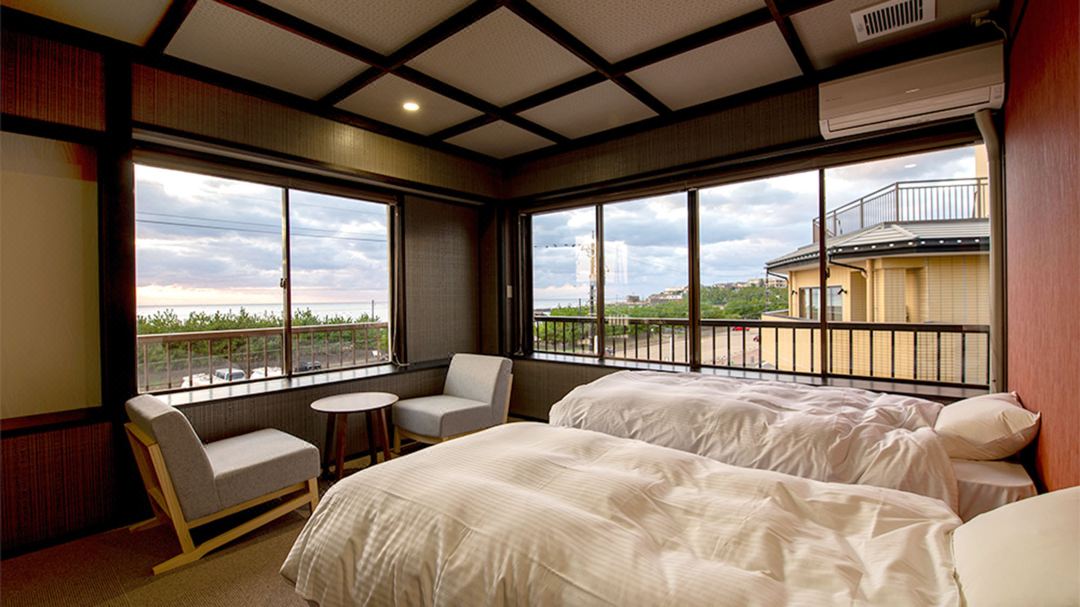


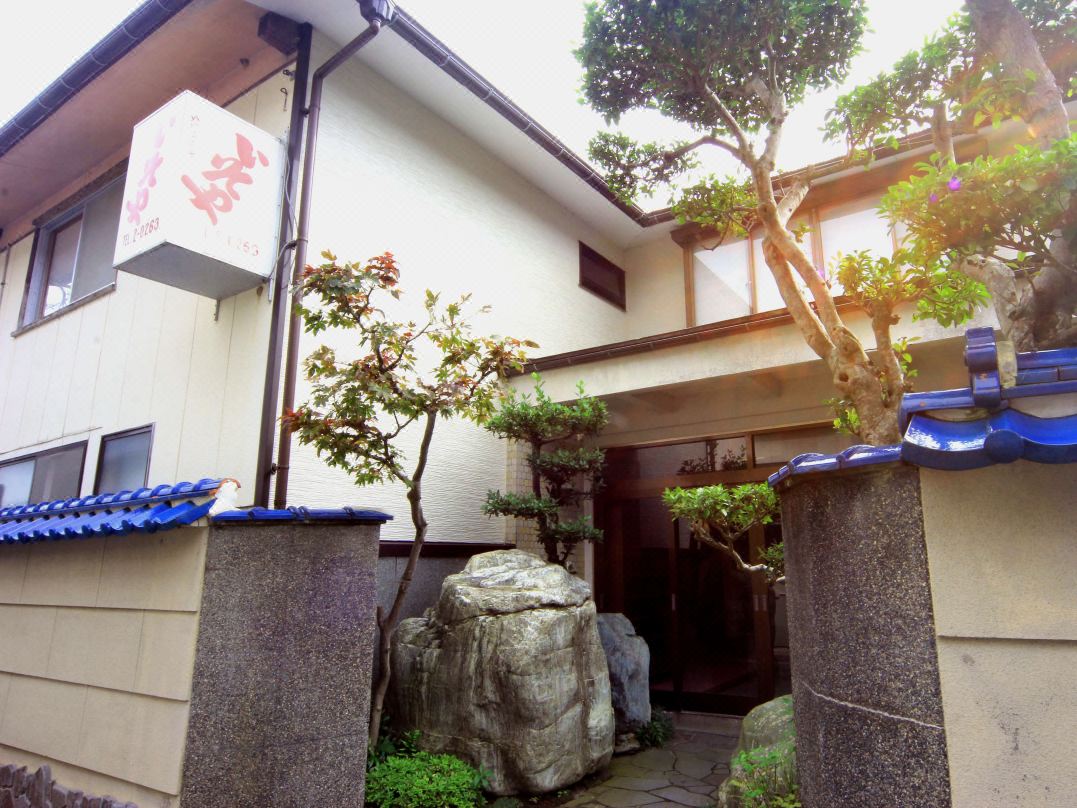





![[2025 Edition] A thorough guide to getting to the Echizen Great Buddha(Echizen Daibutsu)](https://resources.matcha-jp.com/resize/720x2000/2023/05/10-137958.webp)

















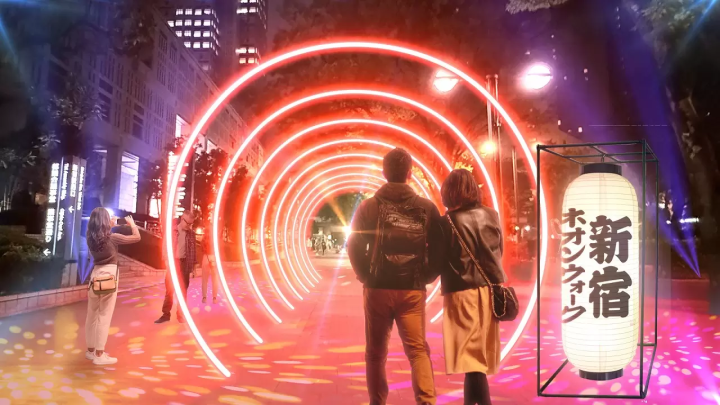
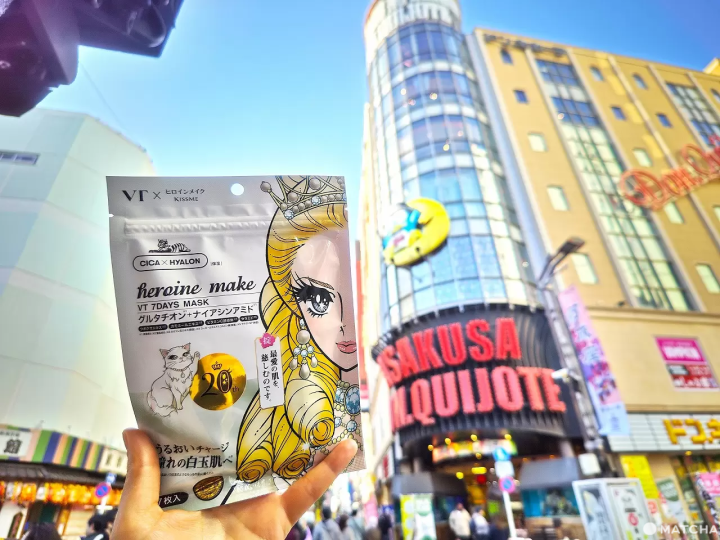

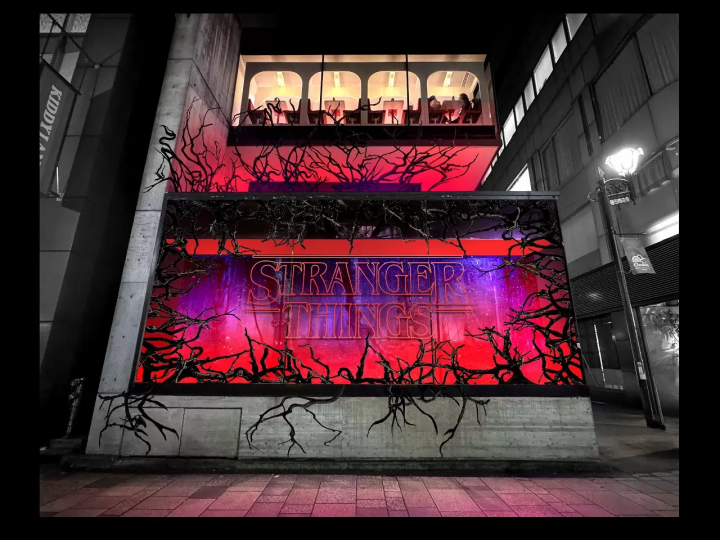
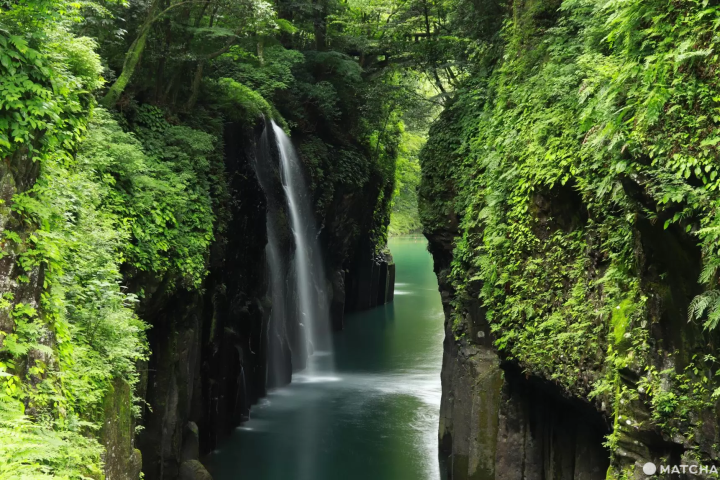





![[JR KYUSHU HOTEL Blossom Oita] A hotel directly connected to Oita Station - A comprehensive guide to access!](https://resources.matcha-jp.com/resize/720x2000/2025/10/23-247814.webp)
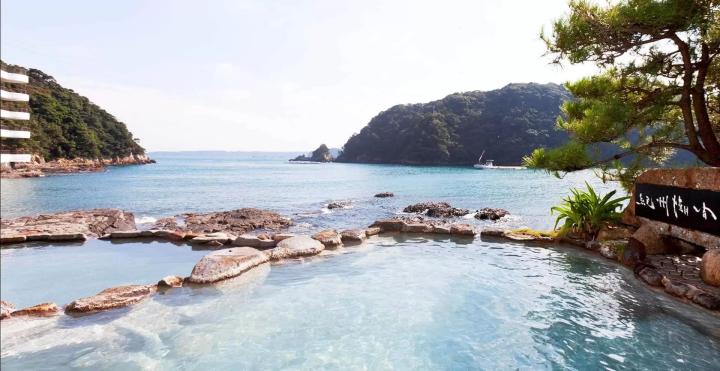
![Deep dive into Japanese brands! A tour of famous leather shoe stores with GENSEI & Nin [Harta Edition]](https://resources.matcha-jp.com/resize/720x2000/2025/12/18-253277.webp)
